Terezín, or Theresienstadt, originally served as an army garrison town. It was built at the end of the 18th century by Emperor Joseph II as an ingenious system of military fortresses. In the 20th century, during World War II, the Nazis converted Terezín into a concentration camp and Jewish ghetto.
The main ghetto museum ( see my separate blog ) is
spread out over several buildings, and the permanent exhibitions explore both
the daily lives of the prisoners of the Terezín ghetto and the way the Nazis
used Terezín as a showcase camp to deceive the International Red Cross that
their intentions with respect to Jewish prisoners were benign.
Terezín is 60km north of Prague and the drive takes just
over an hour. Buses from Prague to the town of Litoměřice normally stop at
Terezín, departing from near the Praha-Holešovice metro station on line C.
We left Prague at 12.30 pm, arrived at the Camp by 1.50pm.
We were in the Camp from 2.00 – 4.00 pm and then proceeded to the Museum nearby.
While it was mainly used to hold Jews from Czechoslovakia, tens of
thousands of people were also deported to Terezín from Germany and Austria, and
several hundred from the Netherlands and Denmark. This included 15,000
children. (Many of these unfortunate people were subsequently transported on to
Treblinka and Auschwitz by rail.)
Today, the whole site is known as the Terezín Memorial because much of
it has been eerily preserved in its 1940s state.
On our tour of the Terezín Memorial monuments, the guide outlines the
complicated history of events that unfolded at here. They also explain how
Terezín differs both psychologically and physically from any of the 632 other
camps established by the Nazis.
The Terezín Memorial is divided into two parts:
The Small Fortress (also known as the Prague Gestapo Prison) was the
concentration camp. Around 90,000, mostly political prisoners passed through
here, and we walk through the complex to see where they were housed.
The Big Fortress, comprising 80% of the Terezín Memorial, was the Jewish ghetto. See my separate blog on the museum.









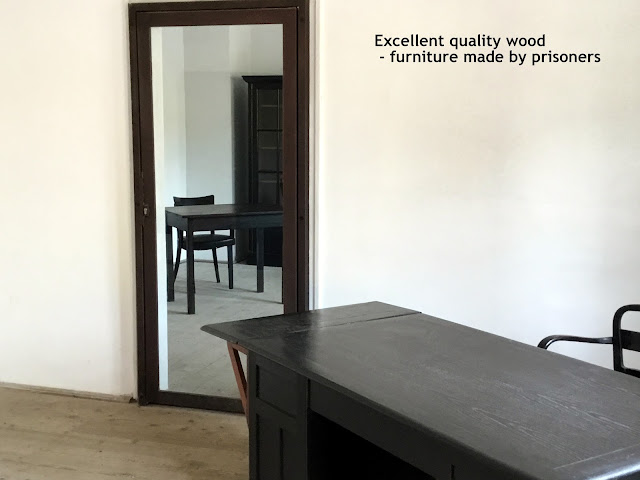






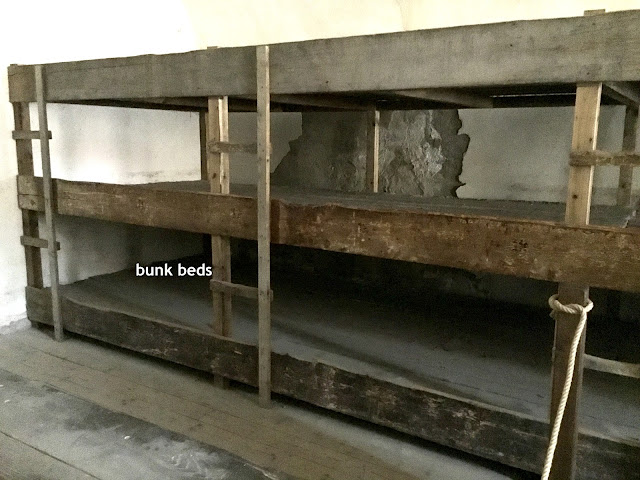










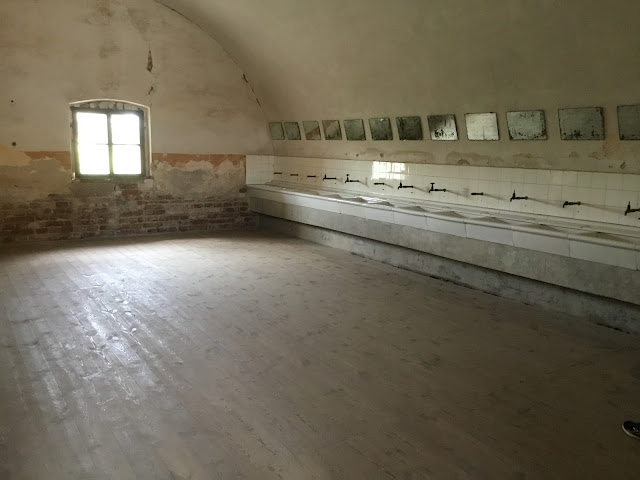









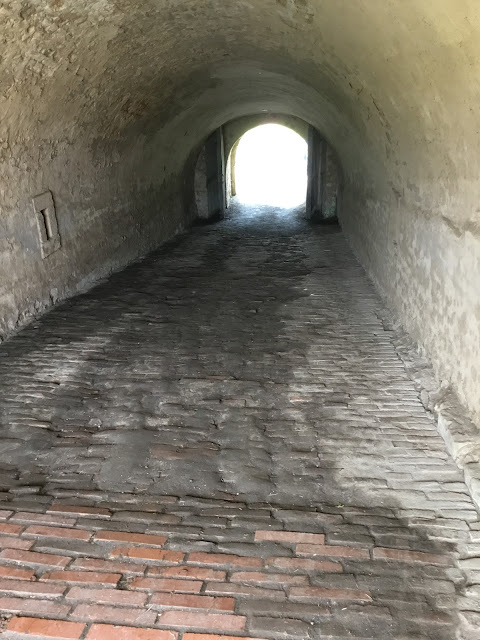














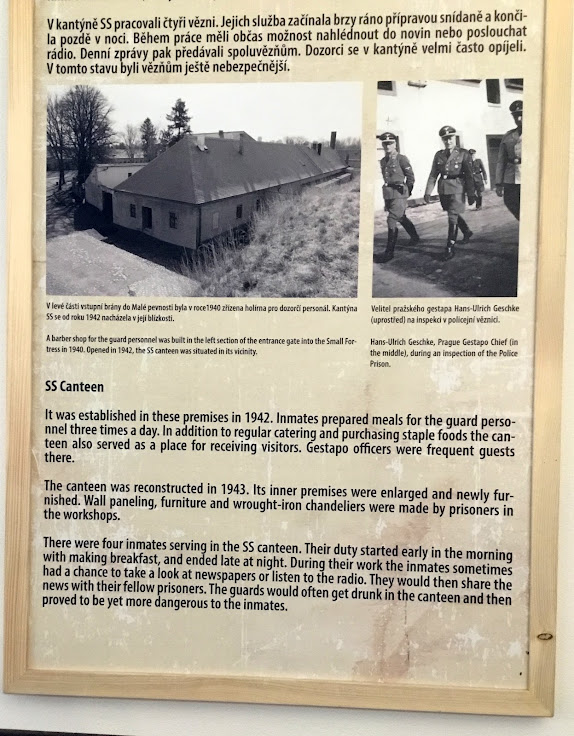









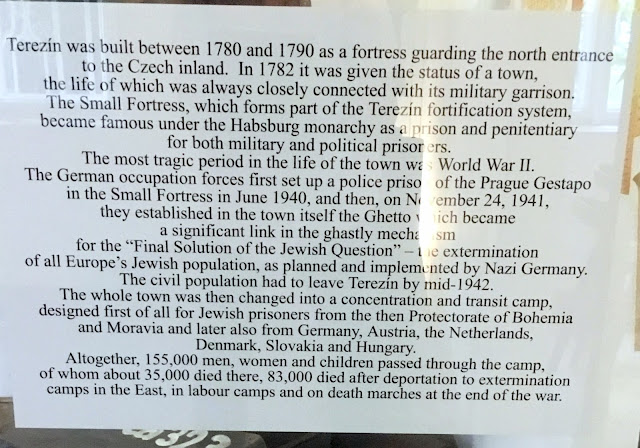









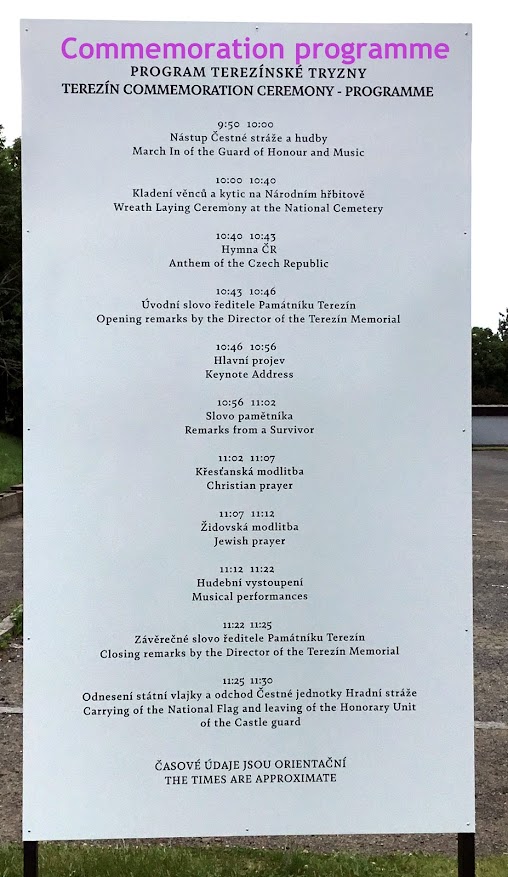
No comments:
Post a Comment
Text and photographs are copyright of the author. No part of any article or photographs maybe transmitted or reproduced by any means, electronic, mechanical, photocopying or otherwise, without written permission. Do contact the author on email -- helpthesun@gmail.com